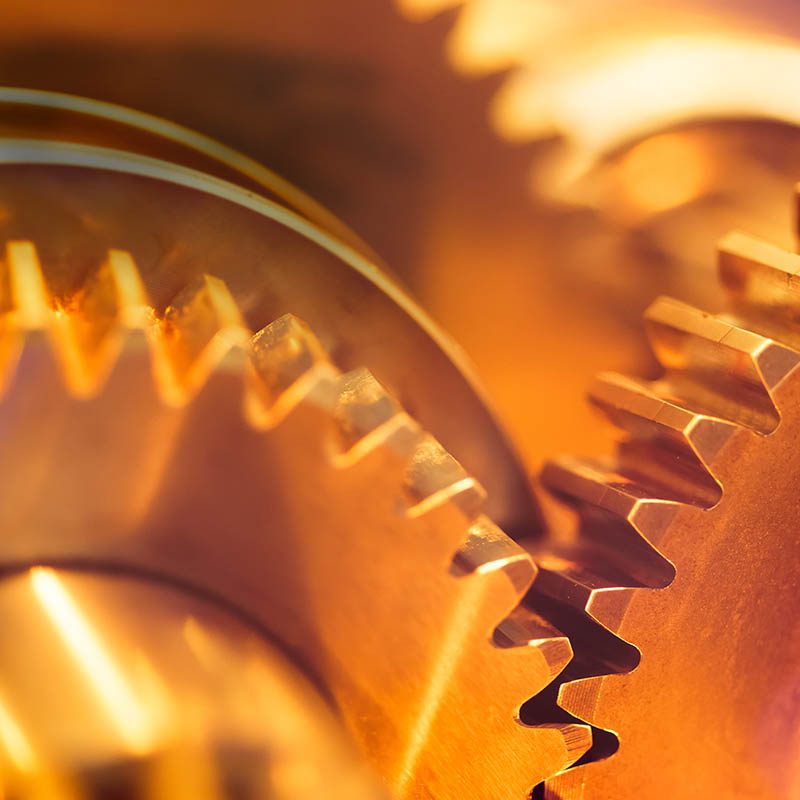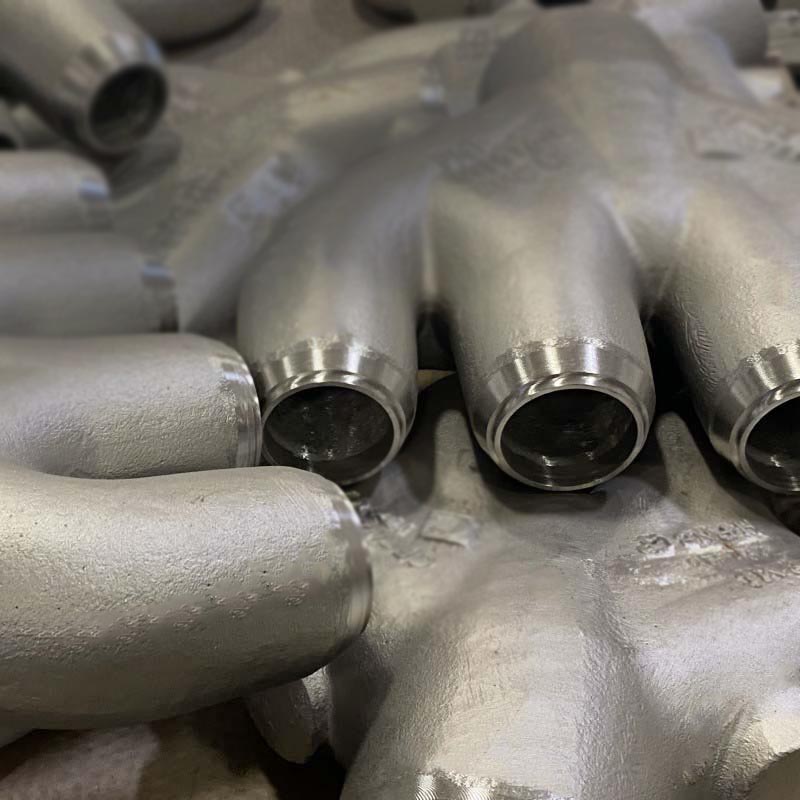Overview
HE, also known as MTEK 29-10 or cast UNS J93403, is a high-performance alloy designed for extreme high-temperature applications. This heat-resistant alloy boasts a higher chromium and nickel content than many of its counterparts, contributing to increased strength, ductility, and corrosion resistance. With a service limit of 2000 degrees Fahrenheit (1095 degrees Celsius), HE maintains its structural integrity even under prolonged exposure to extreme heat. The addition of chromium, up to 30%, enhances its resistance to oxidation and other forms of high-temperature corrosion. This combination of properties makes HE a valuable choice for demanding applications in industries like aerospace, power generation, and chemical processing, where components must operate reliably under extreme thermal conditions.
Typical Uses
Furnace fixtures, ore roasting equipment, oven exhaust, tube supports.
MetalTek Designation
MTEK 29-10
Poured At:
Carondelet Division, Sandusky International Division, Wisconsin Centrifugal Division, Wisconsin Investcast Division
Similar Specifications
Cast UNS: J93403
Wrought Grade: 312
Cast Grade: HE
Cast ASTM: A297, A608
Typical Chemical Composition (% by wt.)
Aluminum: n/a
Carbon: 0.20-0.50
Chromium: 26-30
Manganese: 2
Iron: n/a
Copper: n/a
Nickel: 8.0-11.0
Lead: n/a
Tin: n/a
Silicon: 2
Zinc: n/a
Minimum Mechanical Properties
Heat Treatment: Not Heat Treated
Frequently Asked Questions
Heat resistant stainless steel refers to alloys designed to maintain mechanical properties and resist oxidation at elevated temperatures.
Applications include furnace parts, heat exchangers, and components in petrochemical plants.
Heat resistant stainless steels can withstand temperatures up to 1,150°C (2,100°F), depending on the grade and exposure time.
High chromium and nickel contents stabilize the austenitic structure and form a protective oxide layer, resisting scale and oxidation.



